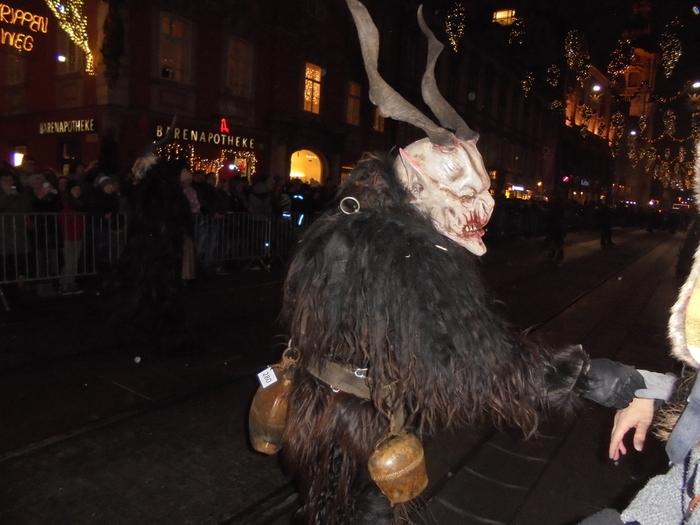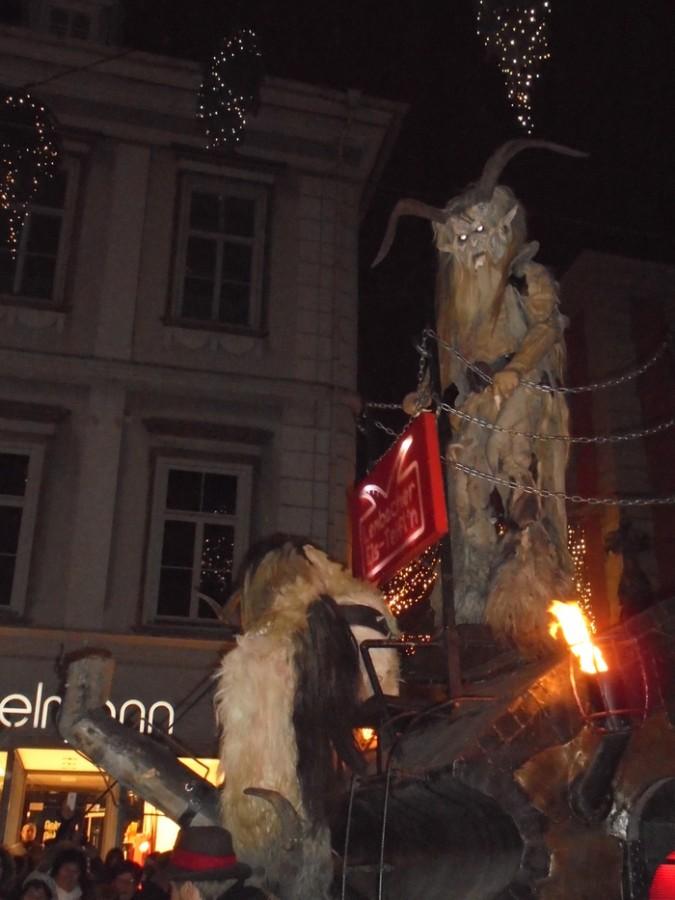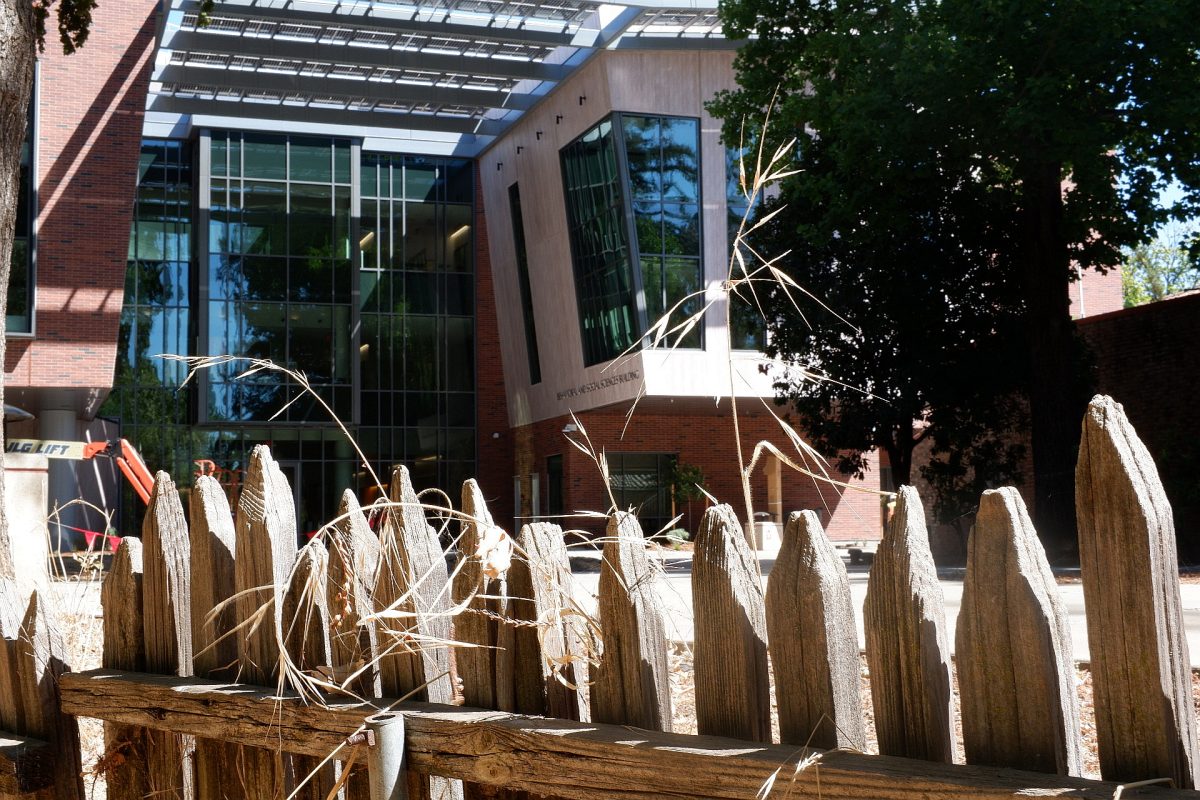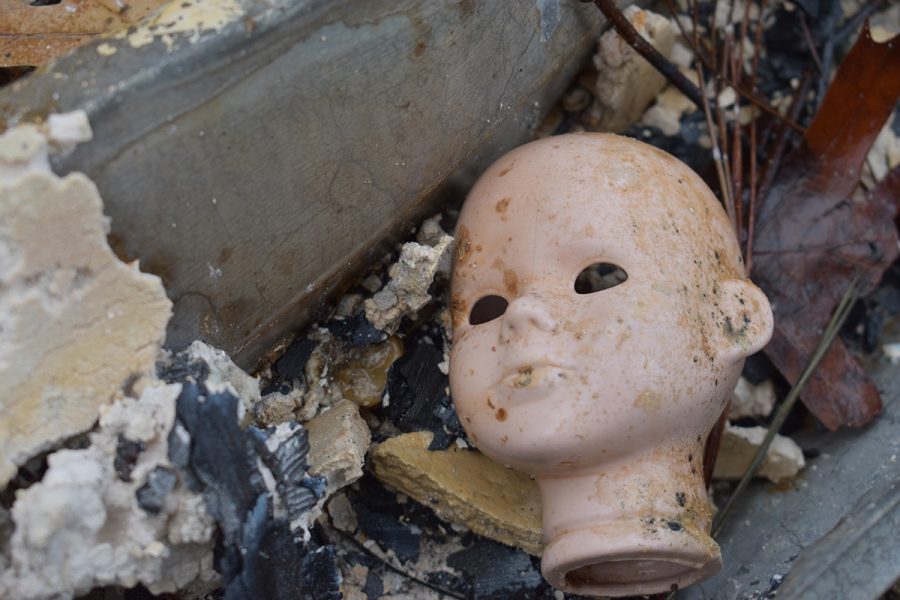You better watch out, you better not cry, you better not pout, I’m telling you why, because Krampus is going to terrorize you, toss you in a bag and beat you with a stick.
While this might sound crazy, or like something directly out of a horror movie, if Chico State was situated somewhere in a German-speaking, Alpine nation in Europe, the story of Krampus would be extremely familiar.

Here in the United States, Christmas traditions include Rudolph the Red-Nosed Reindeer and the Elf on a Shelf. However, in countries like Germany and Austria, St. Nikolas and his sidekick, Krampus, are part of Christmas tradition.
St. Nikolas travels around to children’s homes— similar to the American Santa Claus story— and distributes gifts to the good children on the night of Dec. 6. The bad children, however, are visited by Krampus instead of receiving coal in their stockings.
Molli Bauke, a resident of Vienna, Austria, explained some of the finer terms of this Christmas tale.
“There are a lot of different stories or tales about what Krampus will do to you if you are naughty,” Bauke said. “But, he travels with a broom-type thing to hit kids with.”
Krampus also has a devilish appearance, especially in comparison to the jolly and warmhearted St. Nikolas.
Krampus is supposed to be a giant, hairy, horned figured. This, not surprisingly, is probably because Universal Studios is releasing a horror movie about him.
Parades celebrating this tradition, called “Krampuslauf” in German, usually occur in the Austrian country side. In comparison to those parades, ones held in bigger cities are usually more tame, Bauke said.
Krampusverein, or Krampus clubs, walk in the parades.

“It is kind of like having different Boy Scout or Girl Scout troops walk in a Fourth of July parade,” Bauke said. “I am not really sure what these Krampus clubs do during the rest of the year when there are no Krampuslaufs going on.”
Parade members dress up as Krampus in intricate and complex costumes.
“They are full body suits made from fur with horns on the head and bells around the waist,” Bauke said. “They also wear masks which, although crazy, are actually really cool hand-carved, wooden masks.”
For those who don’t participate in the Krampus tradition, it may seem both odd and slightly disturbing.
Being a native of California, Bauke has transitioned from participating in this extremely different Christmas tradition.
After initial shock and confusion, she was able to better understand the American tradition.
“The tradition of Krampus is really nothing like anything that is in America,” she said. “To most Americans, I think Krampus is viewed as this crazy, horrible thing and we wonder why you would have that be a children’s thing. But in Austria, the kids like Krampus and almost think it is funny.”
During her time spent at Krampuslauf, Bauke saw how the children loved Krampus and interacted with him— some even dressed up as him. She, on the other hand, was weary of the giant, horned creature at first sight.
Though some may see Krampus and St. Nikolas as an incredibly odd Christmas tradition, those who celebrate Krampus view it as just another part of the winter season.
And who knows what others might think of the elf that travels around the house or a guy stealing cookies from people’s homes?
Sabrina Grislis can be reached at [email protected] or @sabrinagrislis on Twitter.








